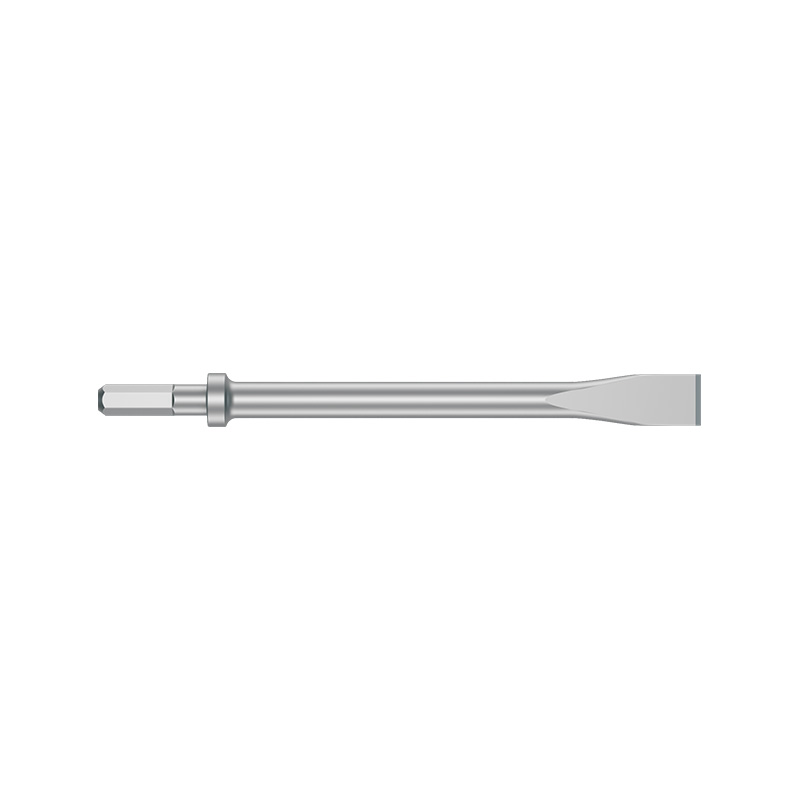The heat treatment process plays a crucial role in enhancing the wear resistance of steel chisels. Through processes such as quenching and tempering, the steel's molecular structure is altered, resulting in a harder and more wear-resistant tool. Quenching rapidly cools the steel, creating a hard but brittle surface, while tempering slightly reheats the steel to reduce brittleness and increase toughness without sacrificing hardness.
The design of a steel chisel also contributes to its wear resistance. A well-designed chisel will have a robust body that can withstand the forces exerted during use. The bevel of the chisel, which is the angled cutting edge, should be ground to a fine finish to minimize friction and reduce the rate at which the edge becomes dull. Additionally, the handle should be ergonomically designed to provide a secure grip, reducing the risk of slippage that could lead to premature wear or damage.
Proper maintenance is essential to prolong the life of a steel chisel and maintain its wear resistance. Regular sharpening not only restores the cutting edge but also removes any micro-abrasions that could lead to increased wear. Cleaning the chisel after use to remove debris and applying a light coat of oil can also help protect the steel from corrosion and premature wear.
The steel chisel's wear resistance is a testament to the craftsmanship and materials science that goes into its creation. By understanding the factors that contribute to a chisel's durability, users can make informed choices when selecting a tool for their projects. Investing in a high-quality steel chisel that boasts excellent wear resistance ensures that the tool will serve its purpose reliably and efficiently, even under the most demanding conditions.

